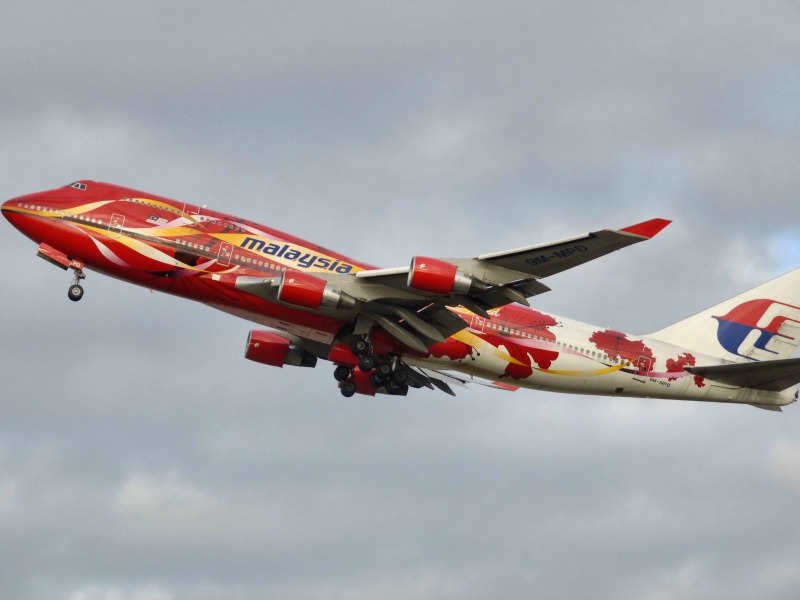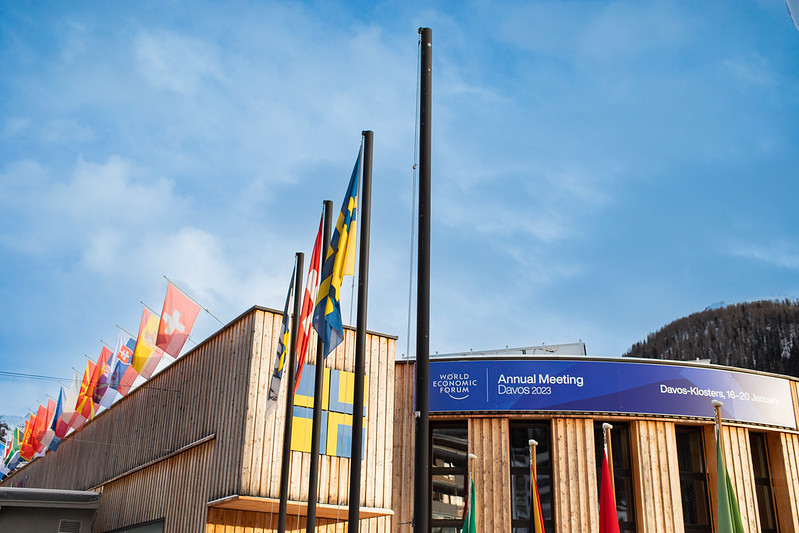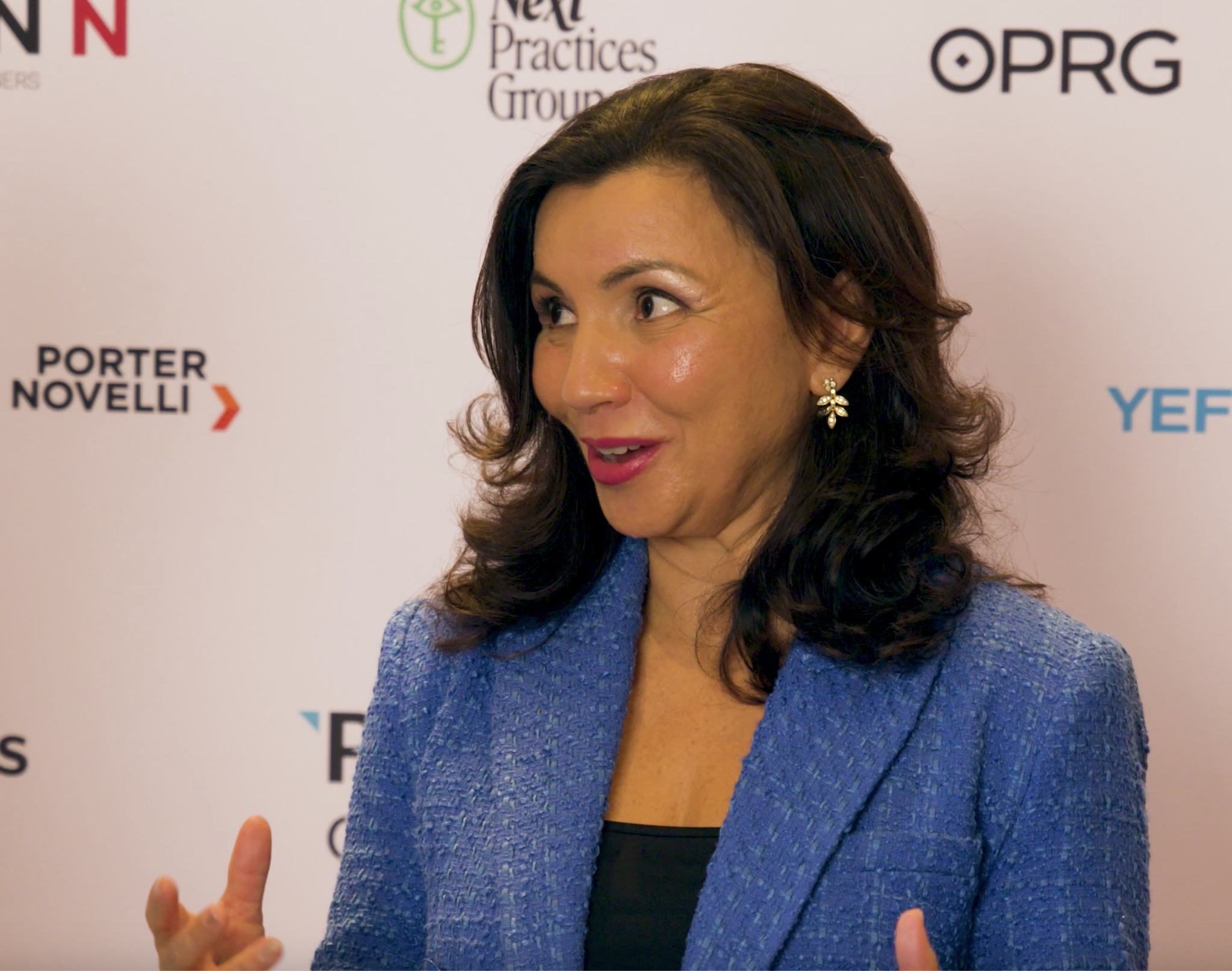Arun Sudhaman 04 Mar 2015 // 5:42PM GMT

Part one of our annual crisis PR review, featuring Facebook, Uber, the NFL, Sony and General Motors, is here.
6. Malaysia Airlines & AirAsia
At first glance, it might appear unfair to conflate the tragic crises suffered by Malaysian Airlines and AirAsia. After all, the only thing the two companies have in common is their country of origin. But the truth is that, for consumers, the various events served to raise concerns over Malaysia’s key aviation brands, despite the critical differences in circumstances.
To recap, Malaysia Airlines flight MH370 disappeared in March, carrying 239 passengers onboard. It has yet to be found. A few months later, MH17 was shot down over Ukraine, killing all 283 passengers and 15 crew. And, at the start of this year, AirAsia flight QZ8501 crashed into the Java Sea, killing all 155 passengers and seven crew onboard.
There are lessons to the differing responses both airlines rolled out following the crashes. Malaysia Airlines was widely criticised for its crisis communication after MH370, leading the airline to hire Ketchum to provide PR support.
“The attempted heartfelt response from the Malaysian authorities went down badly with its audience for a variety of reasons, not least of all communications with affected relatives,” says H+K Strategies global crisis lead Tim Luckett. “Relative response is a crucial piece of the PR puzzle when it comes to incident response and has to be handled promptly, rigorously and with extreme care, and empathy. It always requires far more than just a communications response.”
“Reactions to the text sent to relatives 16 days after the aircraft disappeared were universally negative,” continues Luckett. “Relatives perceived the communication as impersonal and detached, and although a modern channel, it was the wrong one.”
By contrast, notes Luckett, AirAsia got much of its crisis comms right, after opting to broadcast information via chief executive Tony Fernandes’ Twitter account. “This too was a modern channel but one that was used effectively. Fernandes’ tweets often promised information updates with specific times, and provided one of the leading sources of information on the progress of the investigation. Such reassuring communications from the very top of the company served to comfort and calm anxious relatives, while giving the impression the company was doing all it could to find answers.”
However, not everyone thinks that comparing the two airlines is instructive. Regester Larkin chief operating officer Tim Johnson notes that Malaysia Airlines faced a “unique” situation, because of the “extraordinarily long period when it had no substantive information on the disappearance of the aeroplane.”
“From a communication perspective, it faced one of the most significant challenges: how to say something when there is nothing to say,” adds Johnson. “Many aspects of the airline’s communication response could be described as ‘best practice'. It established daily media briefings and published daily statements, providing a focal point for the relatives and media, and showing a willingness to engage.”
“These events, however, were widely criticised – for their content rather than their form – by a number of stakeholders. Some critiqued the performance of the spokespeople. Others found fault in the absence of ‘new news’ being offered.”
Johnson believes that these criticisms do not undermine the importance of communicating early, quickly and regularly. Instead, they “pose questions about precisely how an organisation should engage with them when the operational reality is unchanging or when the information available is limited.”
“The use of third parties to manage expectations about the operational challenges being faced is one option,” he suggests. “Another is to paint a picture of what is happening and what your organisation is doing so that key stakeholders can fully grasp the scale of the crisis and understand the endeavours of those on the frontline. This will not compensate for the lack of new information but can demonstrate that the organisation is trying to resolve the situation as quickly and effectively as it can.”
Another complicating factor for Malaysia Airlines’ was government involvement, ensuring that the the crisis response was never effectively unified. “Communications quickly became confused and the company started to lose credibility,” believes Luckett.
In this, at least, there is much they could have learned from AirAsia, where Fernandes demonstrated the value of strong leadership, summed up by his quote: “I am the leader of this company; I take responsibility. The passengers were on my aircraft, and I have to take responsibility for that.”
“His personal involvement on the ground with the relatives and friends waiting for news of the missing aircraft and the steady flow of updates AirAsia provided demonstrated his concern,” says Luckett. “AirAsia clearly had a crisis plan and one that had been well rehearsed.”
Despite a 10% fall in AirAsia’s share price on the first day of trading after the aircraft went missing, Luckett believes that the airline emerged successfully from the crisis “by focusing upon people, effectively communicating, and managing decisively.”
“Yet Malaysia Airlines still has work to do to reassure passengers that it is safe to travel on its planes.”
7. Fifa
The beautiful game is now a billion dollar global marketing property. Yet, football remains governed by a membership body that often seems to play by its own rules, an anachronistic approach that often leaves the organisation in question — Fifa — open to all kinds of reputational damage.
Never was that more apparent than in 2014, when questions over the organisation’s bidding process for the 2020 Qatar World Cup took centre stage, even as the Ukraine conflict also raised doubts about the 2016 edition in Russia. Coming on the heels of domestic unrest over Brazil’s hosting of the 2014 tournament, it all added up to a year to remember, or possibly forget, for Fifa.
“A World Cup year is traditionally the high point in FIFA’s four year cycle, yet 2014 was marked not by a single crisis, but chronicled in a box-set in the genre of The Godfather meets Shaun of The Dead,” says Sermelo founder Jonathan Jordan.
Of the trio of issues, it was undoubtedly the bidding process that proved most uncomfortable, raising serious concerns over Fifa’s transparency and governance. Events took a turn towards the farcical when a Fifa investigation cleared the organisation of any wrongdoing, even as the chief investigator disowned the report’s summary.
“Sport is big business, and like multinational companies, sports bodies need to demonstrate three things: good governance, ethics and transparency,” says Jordan. “Whereas a CEO who run roughshod over these tenets will be quickly called to account by regulators, shareholders or customers, the Svengalis of certain global sport seem to play by their own rules, and get away with it. But is the trust deficit they create sustainable?”
Ultimately, Jordan believes that the events of 2014 culminated in “significant damage” for Fifa, leading the body to grapple with a “a public crisis of confidence.”
So where does Fifa go from here? The organisation has already hired Weber Shandwick to provide public relations support, but Jordan thinks that only sponsors can effect genuine change.
“Sponsors pay millions for associations that make commercial sense and will deliver brand and reputational dividends,” he points out. “World football may be riding high at the moment, but the next two World Cups in Russia and Qatar will certainly present their own set of risks. Unless things change, I wouldn’t be at all surprised if several sponsors consider their options. This is an own-goal FIFA cannot afford to concede.”
8. KFC/McDonald’s China
Food safety issues are a regular source of concern in China, but have typically worked in favour of foreign brands, improving trust in their perceived higher standards versus local competitors. However, last year, global brands KFC and McDonald’s found themselves under the spotlight after a local Chinese meat supplier, Shanghai Husi Food Co, was accused of supplying rotting meat to the fast-food chains.
The scare became the top-trending topic on Sina Weibo, with responses amplified because of the higher standards that Western brands are typically expected to exemplify. The crisis affected McDonald’s restaurants not only in mainland China, but also in Japan and Hong Kong, with some outlets forced to pull suspect items from their menus.
"If you ask brands to be responsible for the whole supply chain, it's very challenging, but I want to point out that consumers demand that," said Michael Chu, the Shanghai office head for Utop Communications, and former chief strategy officer for Ogilvy PR China, in an interview with AdAge. "The brands need to understand that and stand up to the challenge in China, in this whole environment lacking in trust."
Unlike previous food safety scandals, including one in 2012 that found high levels of antibiotics in chicken and also implicated the two fast-food chains, this one was much larger in scope, given the number of companies using Shanghai Husi as a supplier. Both KFC owner Yum Brands and McDonald’s moved quickly to stop using meat from the supplier in question, but their overall crisis response left much to be desired.
Like many foreign companies caught in the crosshairs of public opinion in China, both companies struggled to appear decisive, in a market where proactive crisis management is often difficult in the face of vociferous social media users, powerful government interests and increasingly discerning consumers.
Preparation, say numerous crisis experts, is probably the most important factor, which often calls for due diligence and regular testing of the supply chain. As APCO Worldwide Shanghai MD Linda Du noted in this CKGSB Knowledge article: “In our industry, the success is not to shorten or lower the crisis period. We kill them in our war room.”
9. Tesco
A perennial contributor to our Crisis Review, 2014 saw Tesco deal with profit warnings, a CEO transition, an accounting scandal and accusations of mistreating suppliers and employees. For a company that has long been seen as the champion of the UK’s critical retail sector, it has been quite a fall from grace, with rapid erosion of its share price leading to a wholesale overhaul of management.
“When decades of success is built on customer insight and innovation, you create an expectation,” says Sermelo’s Jordan. “In our hyper-transparent society, even small changes in consumer behaviour generate huge amounts of interest, and Tesco’s failure to develop a compelling narrative to address the march of customers to discount stores was a missed opportunity – with both investors and Clubcard holders.”
In particular, Jordan thinks that Tesco’s biggest risk is that its “trust deficit” will ultimately destroy shareholder value, and the brand. “When any organisation faces a disruption or threat (and let’s face it, the likelihood of this happening is only going to increase) it is vital to have empathy with customers and stakeholders, address perception gaps and be acutely aware of the interconnectedness of everything.”
In Tesco’s case, this means avoiding the bunker mentality and communicating “actions and behaviours which show they are aligned” with the turnaround strategy. Already, this has involved new CEO Dave Lewis hiring a new PR firm and ad agency. But that will not be enough.
“Tesco deserves credit for its recent efforts to communicate the small victories that reflect the efforts of some 300,000 UK employees,” explains Jordan. “Unsurprisingly, its share price has rallied in response to this positive narrative and encouraging data. With its year end results looming and more pressure than ever on margins, there are more challenges ahead, but my advice is to keep up the engagement– be it in stores, on social media or with the influencer community. It’s what we expect of Tesco: every little helps.”
10. Bill Cosby
Celebrity issues are rarely addressed in our Crisis Review, because they do not often provide us with much in the way of communications insight. But Bill Cosby’s spectacular fall from grace may offer some broader lessons, given the speed with which a beloved brand crossed the point of no return. Multiple sexual allegations, combined with Cosby’s refusal to make any substantive response, effectively saw the actor/comedian engulfed in scandal. All after a after a social media stunt soliciting memes with the comedian’s picture went awry.
“There has been discussion of what, if anything, Cosby can do to ‘survive’ this crisis,” says Mower & Associates partner/director of crisis and reputation management Steve Bell. “While some well-meaning experts suggested applying the rules of crisis management, Cosby’s in too deep, for too long, with too many allegations against him, to survive.”
“The facts of the cases are one thing; the perception is even worse, if that’s possible,” adds Bell. “And nothing has happened since this story broke to indicate resurrection or even rehabilitation. Like an ‘80s Soviet premier expunged from leadership photos taken atop Lenin’s mausoleum, Cosby will either be indicted and arrested, or fade into ‘dead or alive’ anonymity.”
Makovsky + Company EVP Gil Bashe thinks the Cosby crisis illustrates how traditional rules of brand transparency have changed in the digital age. “Suddenly, people who were isolated or compartmentalized are able to share common experience and challenge celebrity icons,” writes Bashe. “The voice of one can be magnified immediately with the simple addition of a hashtag.”
“For Cosby the voice of one courageous woman in the digital age served as a rallying cry for others to express their outrage and pain after decades” continued Bashe. “If earlier claims of sexual abuse fell on deaf ears – the magnitude of Cosby’s storytelling star power versus the “claims” of a “star-struck” actress – Twitter was able to create critical mass of other people’s stories. Many chilling accounts came forward, and at a time when personal transparency is the norm, the voice of many became accepted fact. Loveable Dr. Heathcliff Huxtable was ferreted out as abuser Mr. Hyde. Cosby was at the center of his own Arab Spring.”
Accordingly, concludes Bashe, companies need to acknowledge that “there are few secrets and little that can be hidden.”


































.jpg)































